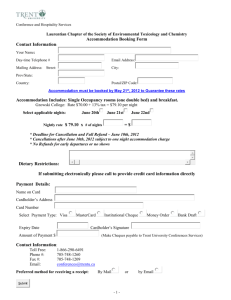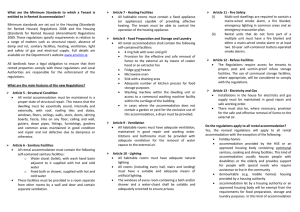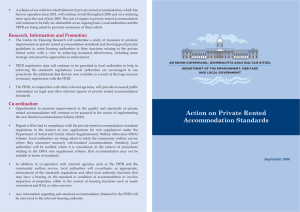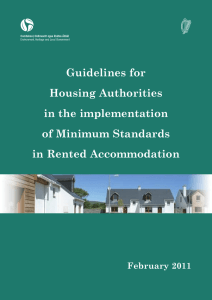rehabilitation prescription additional information
advertisement
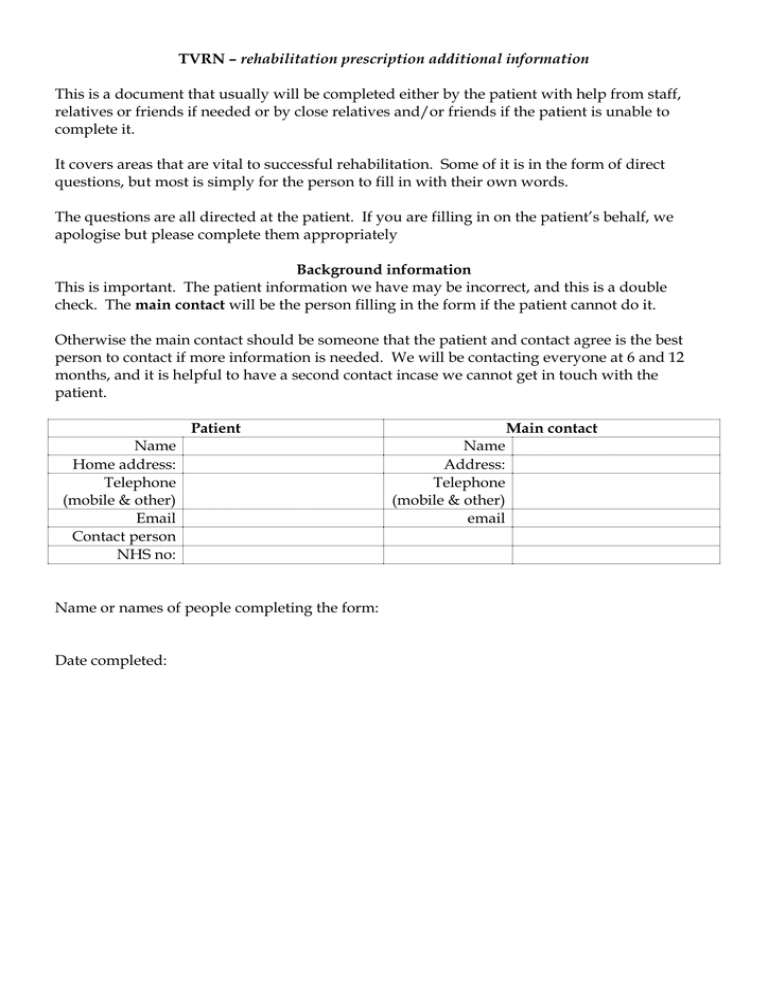
TVRN – rehabilitation prescription additional information This is a document that usually will be completed either by the patient with help from staff, relatives or friends if needed or by close relatives and/or friends if the patient is unable to complete it. It covers areas that are vital to successful rehabilitation. Some of it is in the form of direct questions, but most is simply for the person to fill in with their own words. The questions are all directed at the patient. If you are filling in on the patient’s behalf, we apologise but please complete them appropriately Background information This is important. The patient information we have may be incorrect, and this is a double check. The main contact will be the person filling in the form if the patient cannot do it. Otherwise the main contact should be someone that the patient and contact agree is the best person to contact if more information is needed. We will be contacting everyone at 6 and 12 months, and it is helpful to have a second contact incase we cannot get in touch with the patient. Patient Name Home address: Telephone (mobile & other) Email Contact person NHS no: Name or names of people completing the form: Date completed: Main contact Name Address: Telephone (mobile & other) email Housing/accommodation This is obviously of great importance. The questions cannot cover everyone’s situation and you should fill this is as you think best. Do add explanatory notes if you want, or explain to a member of the healthcare team. Question At the time of the accident were you homeless or living in short-term rented accommodation that will not be available when you leave hospital? If ‘yes’, then is there any accommodation you are likely to be able to go to? Answer Considering the accommodation you are able or most likely to return to: Question What is its address (if not the ‘home address’ given)? Who else is living there? Family, friends etc. Is it rented, and if so who from? What is the access from the road/street like? Is it level? Are there steps? Could a person in a wheelchair get in? Is the accommodation all on one level? Are there two or more floors? Are their small steps within a floor level, for example down into a kitchen? Where is the toilet/are the toilets? Would there be problems in getting to a toilet easily? Could someone live downstairs if needed? If the accommodation is more than one floor, is there space for someone to live downstairs? How close is your nearest neighbour? Adjacent house? Only two minutes walk or 50 yards away? Further? Are there any other possible difficulties that are relevant? Answer Personal values, beliefs etc. This part concerns the sort of person the patient is. Information that could be included concerns: religious beliefs, attitudes towards health and sickness, what things spark a particular interest, what the patient’s strengths are, what the patient thinks is important in life etc. Social networks This part concerns who the patient knows and has a social relationship with. This could cover: family members, both close and distant; work colleagues; friends; partner; children; members of clubs or sports groups etc. Generally it is not necessary to give names. The important point is that the patient would feel some form of friendship or other positive social relationship towards the person. Brief descriptions of the groups are helpful. Work, Social & Leisure Activities This part concerns the types of activities that the patient undertook including at work and outside work – what did she or he enjoy doing? These can include both group and solitary activities. It is helpful, if the person worked, to give a brief description of what the job involved. Expectations and wishes This part covers the hopes, expectations and other wishes of the patient.

